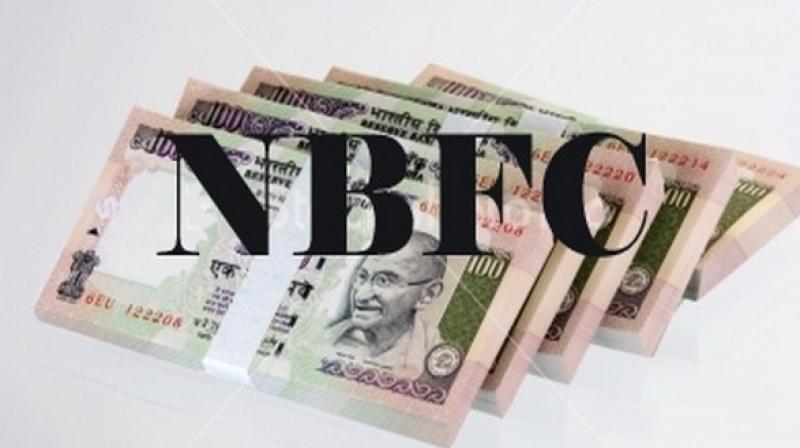Retail NBFCs likely to see improved liquidity in second half of FY 20

New Delhi: Retail non-banking finance companies (NBFCs) are likely to witness improvement in liquidity conditions during the second half of current fiscal year (October 2019 to March 2020), market experts say.
It may be recalled that the Reserve Bank of India (RBI) had eased risk weight norms in February to aid credit flow to NBFCs.
The new rule asked banks to assign differential risk-weights to their exposures to NBFCs based on ratings assigned by credit rating agencies, as against the existing practice of a uniform risk weight of 100 per cent.
The move is aimed at not only freeing up capital for banks for further lending but also slash borrowing costs for well-rated NBFCs, which have been grappling with a systemic liquidity crisis triggered by a series of defaults by Infrastructure Leasing and Financial Services Ltd (IL&FS) and its subsidiaries.
Assets under management of retail NBFCs totaled Rs 8.4 lakh crore on December 31, 2018, marking a year-on-year growth of 21.5 per cent. All key segments, which contributed to higher growth of about 25 per cent in the first and second quarters, witnessed deceleration in growth.
The key growth segments are LAP + SME (loan against property; micro, small and medium enterprises business loans), commercial vehicle, personal credit (unsecured including consumer durables) and microfinance. The IL&FS crisis in
September dried up bank lending, forcing NBFCs to scout for alternate sources of funding like non-convertible debentures.
The central bank is also working towards merging three categories of NBFCs -- asset finance companies, loan companies, and investment companies. While it was expected that the liquidity will improve and conditions will normalise by the fourth quarter (January to March 2019), it is taking longer as the cost of borrowing remains tight.
"While the growth will moderate further in the first half (April to September 2019) because of ongoing liquidity conditions and the general elections in the first quarter, revival can be anticipated in the second half," said Karthik Srinivasan, Senior Vice President and Group Head of Financial Sector Ratings at ICRA.
NBFC credit growth rate in 2019-20 is expected to be about 15 to 17 per cent with retail credit likely to cross Rs 10 lakh crore if the fund flow improves, he said.
However, said Srinivasan, the asset quality and earnings profile are expected to face headwinds with business growth slowing down and some key asset classes likely to witness increased credit-related pressures. The operating profitability may contract with return on managed assets estimated at 1.7 to 1.9 per cent.

